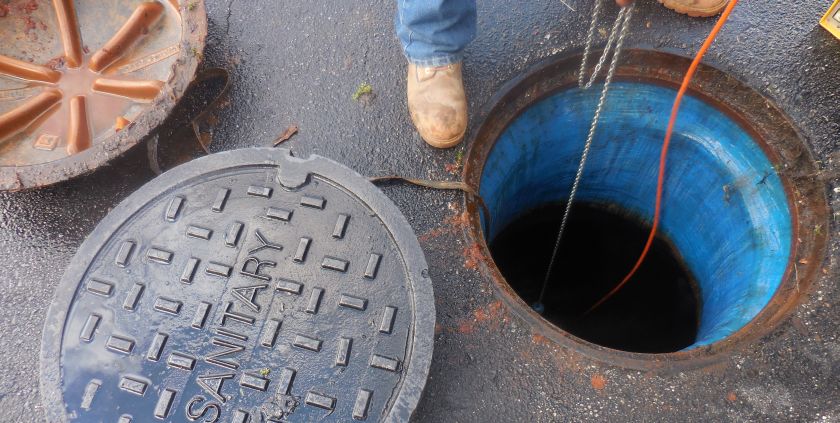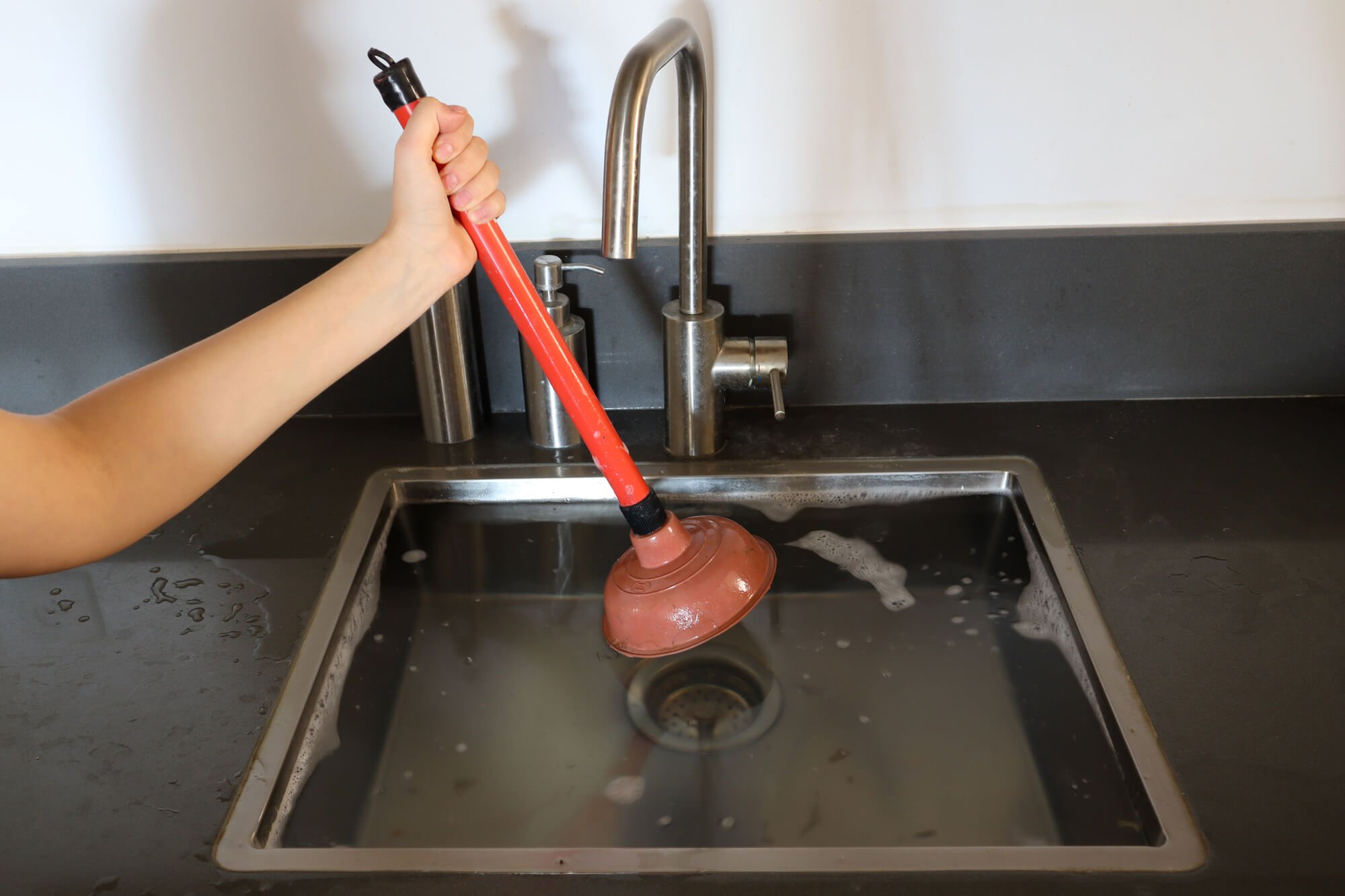In this article further down yow will discover some sound data concerning Tips for Dealing with Clogged Drains and Sewer Lines.

Intro
Dealing with an obstructed drainpipe can be a discouraging experience, interfering with everyday tasks and possibly triggering damage to your building. Nonetheless, before connecting to plumbing experts, there are actions you can require to attend to the problem yourself. In this overview, we'll discover do it yourself solutions and preventive measures to deal with a blocked drain successfully.
Identifying the Problem
The primary step in dealing with an obstructed drain is acknowledging the signs. Slow drainage, gurgling noises, foul odors rising from drains, or water support up prevail indicators of an obstructed drain. Identifying these indications early can aid stop additionally difficulties.
Typical Root Causes Of Obstructed Drainpipes
Understanding the aspects that contribute to drain pipes blockages is important for efficient resolution. Typical perpetrators consist of hair, soap scum, grease, food particles, and international objects like sanitary products or paper towels. Tree origins attacking below ground pipes can also create substantial blockages.
DIY Solutions
For small obstructions, numerous DIY solutions can be efficient. Putting boiling water down the drainpipe can assist dissolve grease and debris. Baking soda and vinegar or a mix of salt and cooking soda can act as all-natural cleaners. Using a plunger or plumbing snake to remove obstructions is an additional option.
Devices and Tools
Having the right tools accessible can make do it yourself drainpipe cleaning up a lot more effective. A plunger is a functional device for removing blockages in sinks, commodes, and showers. A plumbing snake or auger can get to deeper obstructions, while drainpipe cleaning chemicals can be made use of meticulously for persistent clogs.
Preventive Measures
To prevent future clogs, taking on preventive measures is crucial. Install drainpipe guards or filters to capture hair and particles before they enter the pipelines. Frequently flush drains with hot water to liquify grease buildup, and stay clear of dealing with oil or solid waste down the drain.
When to Call a Professional
While DIY solutions can settle minor obstructions, certain indicators indicate the requirement for professional support. Relentless obstructions, foul odors in spite of cleansing efforts, or numerous drains pipes supporting all at once are warnings that require expert intervention.
Picking the Right Pipes Solution
When choosing a plumbing service, consider factors such as experience, licensing, and client evaluations. Choose a respectable plumbing professional with a track record of high quality workmanship and clear prices practices.
Expense Considerations
The cost of specialist drain cleaning services can vary depending on the intensity of the blockage and the plumbing professional's rates. Request quotes from numerous service providers and ask about any type of surcharges to make certain transparency and avoid surprises.
Security Precautions
When trying DIY drain cleansing, prioritize safety. Use safety gloves and eyeglasses to avoid contact with harmful chemicals or bacteria. Never ever blend various drainpipe cleansing products, as this can create unsafe fumes.
Case Studies
Real-life examples show the performance of do it yourself remedies and the significance of timely specialist treatment in fixing drain blockages.
Conclusion
By complying with the ideas detailed in this overview, you can effectively tackle blocked drains and prevent future pipes issues. Whether choosing DIY options or seeking professional help, timely action is key to maintaining a healthy and balanced plumbing system and maintaining the stability of your home.
How to Clear a Clogged Drain Yourself (And When to Call In the Professionals)
What Can Clog a Drain
Dirt Skin flakes Hair Grease Soap scum Food Offset pipes Tree roots Small objects Mineral buildup DIY Tricks to Unclog a Drain
You can fix this! Once you have identified the source of the clog (or have a vague idea), you can try one or a combination of these fixes in order to clear your plumbing.
Wire Hanger or Snake
Untangle and clear out hair from a drainpipe with a homemade snake. Use a straightened-out wire hanger with a 90-degree angle hook to locate the clog and drag out any unwanted material.
Remember not to push the clog further down to where the wire hanger cannot reach! If you need to follow up with a plunger, give it a try. Your efforts might be more successful after it’s been wire-snaked.
If you want to get fancy and don’t have a wire hanger to spare, head to the store and pick up a hand-operated drain snake. You can get one for $10-$30. It may save you the hassle, and provide additional length to reach deep into the clogged pipe.
Plunger
A cup plunger has a suction cup attached to a wooden handle. The rubber creates a seal around the drain, and increases the pressure force of the plunger.
Plunge for 30-second increments to loosen the clog. This may need to be repeated over the course of 15-20 minutes. Once plunged, run the water to flush the remaining material out of the drain.
Remember– never use a plunger if you have used a chemical drain cleaner. These chemicals can splash up from the force of the plunger and cause serious injury or burns.
Boiling Water
Hot water can sometimes break up materials into a flushable amount. Dirt, grease, and soap buildup requires heat in order to unstick from surfaces.
Take your kitchen kettle and heat your water to a boil. Once it reaches a rolling boil, pour it directly down the drain into the blockage. Carefully follow with plunging, if necessary.
Don’t worry if this takes more than one try! It can often take multiple kettles and repeated plunging in order to clear a particularly stubborn clog.
Chemical Drain Cleaner
As a last resort, pick up a bottle of chemical drain cleaner. Drain-cleaning chemicals are potent, and not very good for the environment.
You may need to wear protective eyewear in gloves before handling your bottle of chemical drain cleaner. Follow the instructions printed on the bottle, and flush with water as soon as the instructions allow. Do not follow with plunging.
Baking Soda and Vinegar
As a safer alternative to chemical drain cleaner, baking soda and vinegar can create a chemical reaction that clears tough clogs.
Combine one cup of cleaning vinegar with one cup of boiling water, and set aside. Once you have done this, pour half a cup of baking soda down the drain. Give the baking thirty seconds to settle and cover a large portion of the problem drain.
Following the baking soda, pour down your vinegar and hot water solution. Once the vinegar and baking soda combine, the mixture will bubble and fix. Let this reaction fizzle in the drain for about an hour.
After an hour, follow with a kettle’s worth of hot water. The heat and liquid should flush out any remaining material.
When to Call a Plumber
If your DIY attempts haven’t cleared your clog drain, it’s time to call in a professional. It’s not worth losing access to your kitchen sink or high-traffic bathroom. A clog in a vital area can keep you from the things you’d rather be doing, and derail your routine.
Anytime a clog is causing water to spread is a time to call in a plumbing service. What starts out as a little bit of water can quickly grow into serious, expensive water damage.
Additionally, a serious clog can result in burst pipes or serious leaks. Make sure you know when to take it seriously!
https://myguysnow.com/how-to-clear-a-clogged-drain-yourself-and-when-to-call-in-the-professionals/

I was guided to that editorial on What I learned from trying to deal with a clogged drain through someone on our other web address. Loved our entry? Please quickly share it. Let others discover it. Kudos for your time. Kindly check our website back soon.
Click Here